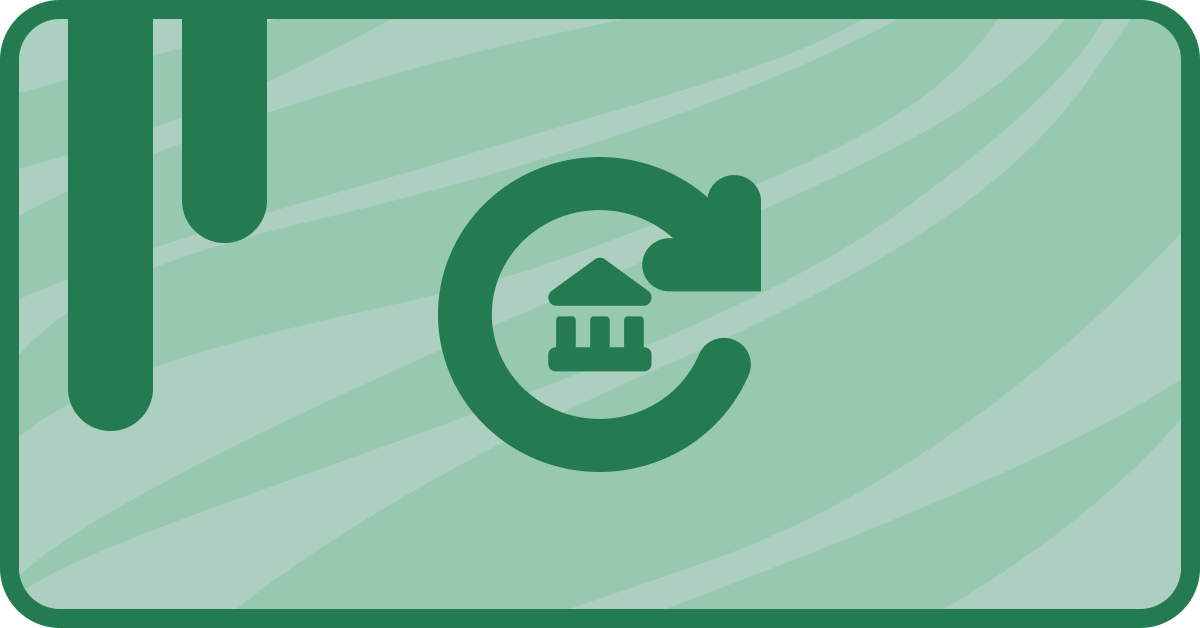20% of small businesses fail within the first year. It's a scary thought isn't it? This can stem from a variety of causes, such as the company coffers running dry or management slipping on a banana peel. However, a lack of insight into your company's operations can also play a role.
But with proper SaaS reporting, this can be avoided! It provides a close look at KPIs so you can leverage them in the future. Let's explore crucial information you need to know about this process and how sass•hapily can level up your company.
What's the Buzz about SaaS Reporting?
This process allows users to track important metrics so they can make better decisions with the data they have. It's important to determine your scope before moving forward. This will help you narrow down the data you need to collect.
You can then leverage reporting tools to access the information you need. SaaS reporting takes this information, and shows you how well things are functioning in your company.
You'll also want to collect the data from multiple sources. Why? Because it will give you a much more comprehensive look. And with a better understanding of the data comes more accurate analyses.
8 Key KPIs that Spark Success
So with that in mind, which KPIs do you need to track anyway? Relax. We've got you covered. Here are some notable KPIs that will make achieving your goals a lot easier!
1. Churn Rate
This is a pretty easy metric to calculate. You simply divide the number of users who left after a certain time by the number of users you had at the beginning.
You then multiply this number by 100 to get a percentage. For example, let's assume you had 10,000 subscribers at the beginning of the month.
Your reports show that 500 users left at some point within the month. Dividing 500 by 10,000 will get 0.05, and multiplying that by 100 will give you a churn rate of 5%.
With that in mind, you should probably make an effort to keep this number as low as possible. Long-term customer relationships are always more valuable than short-term ones.
It costs time and resources to acquire new customers. And both cost money. You can keep your churn rate down by offering better customer service, improving your products, and creating a better experience overall.
2. Conversion Rate
This is another important one. Your conversion rate is the percentage of people who purchased a product, signed up for your awesome newsletter, or just took a peak at your website.
Unlike with churn rate, you'll want to get your conversion rate as high as you can. Why? Because it will lead to higher sales numbers! You can calculate this metric by dividing your number of conversions by your total number of interactions. For instance, if you had 100 conversions from 1,000 interactions, your conversion rate would be 10%.
What if people aren't converting though? If this scenario is occurring, a common cause is targeting the wrong demographic.
Not everyone is going to be interested in your product, sad as that sounds. If you don't focus on people who are, you'll never reach your conversion rate goals. A great way to do this is by having a well-made landing page.
Landing pages should be easy to navigate and have plenty of points of interest. They should also have strong calls to action (CTAs). A great way to see what's working and what isn't is to implement split testing.
This allows you to test two separate pages with slightly different elements to determine which is most effective. For instance, you might run two landing pages that are nearly identical but have different images. You can then assess which one got a higher number of conversions.
3. Customer Acquisition Cost (CAC)
Customer acquisition cost is how much money you spend to acquire a new customer. It let's you know how long it usually takes for your business to get that money back (with interest).
Calculating this amount involves assessing how much money the company spends on sales, marketing, and associated costs. Understanding CAC can help you better understand and manage company spending habits.
You can calculate this metric by dividing your overall marketing costs by the number of new customers you acquire. In this scenario, spending $10,000 to acquire 100 new customers indicates that you spend an average of $100 per customer.
4. Customer Lifetime Value (CLV)
Similar to CAC, CLV is how much value you get per customer throughout their interactions with your brand. It's important to understand how long your customers' "lifetime" is regarding making purchases.
Some customers might only have a lifetime of a year, while others could stick around for over a decade. Calculating this one is a bit trickier.
First, divide your total yearly revenue by your total yearly orders. Then, divide your total yearly orders by your number of unique customers.
Multiply these two numbers together to get your customer's lifetime value. Imagine you generated $100,000 in sales from 1,000 orders made by 50 unique customers. This would give you a customer lifetime value of around $2,000.
5. Annual Recurring Revenue (ARR)
This is one of the simpler KPIs to understand. First, you'll need to calculate your monthly recurring revenue. To do so, you can drive this value from the number of customers who pay monthly fees at your company.
If 100 people pay $100 per month, you have a monthly recurring revenue of $10,000. It's truly that simple. You can then multiply this number by 12 to determine your ARR. Done.
If your numbers don't reach your goals yet, don't worry. There are plenty of ways to boost your total number of subscribers.
6. Cash
Cash is pretty vital to a company's existence. Which makes it surprising how many people overlook how much cash their companies have. One of the reasons this oversight occurs is because it can be difficult to pinpoint.
This is especially true for companies that mainly deal with subscriptions. However, having insight into a company's cash reserves can help you determine its spending power.
If your cash reserves fall too low, you might need outside financing to overcome issues you encounter. You do not want to end up in this situation. So keeping a close watch on your company's piggy bank is super important
7. Net Promoter Score (NPS)
This one is all about customer satisfaction! Although it might sound complicated, you can get great results just by asking a single question. This can be done by sending a survey about how likely someone would be to recommend your company to a friend or colleague.
Respondents are then segmented into three separate groups: promoters, passives, and detractors. Promoters are those who are very likely to recommend your company. Detractors are those who will probably do the exact opposite.
Passives are those who don't particularly care either way. It's crucial to minimize the number of detractors, as this demographic presents a greater issue.
Not only are they less likely to recommend your brand, they could even discourage others from choosing your business. This can substantially harm your future performance.
8. Lead Velocity Rate (LVR)
LVR attempts to quantify potential business growth. It attempts to do so by assessing your total number of qualified leads. The more leads you have, the greater the chance your company has for growth.
However, this is only true if you manage your leads properly. We touched on this earlier, but something like a poor-quality landing page could discourage potential customers.
Finding the Ideal Solution
When it comes to solutions, not all are created equal. Dive into your research, consider reputation, pricing, and communication. Your choice should align with your needs and exceed your expectations – striking the perfect balance.
Why sass•hapily is Your Winning Choice
Enter sass•hapily! Where innovation meets automation. This HubSpot-Stripe integration's data sync feature brings financial information to your fingertips. Manage subscriptions, create dashboards, and handle your product catalog seamlessly. All without leaving HubSpot.
We're committed to making your journey smooth and rewarding. Ready to take your performance to new heights? Book a call today and let's craft success together with sass•hapily! 🚀
Want to see what else the app can do? Check out this blog post on 4 Essential HubSpot User Flows for a Seamless Dynamic Pricing Journey!






